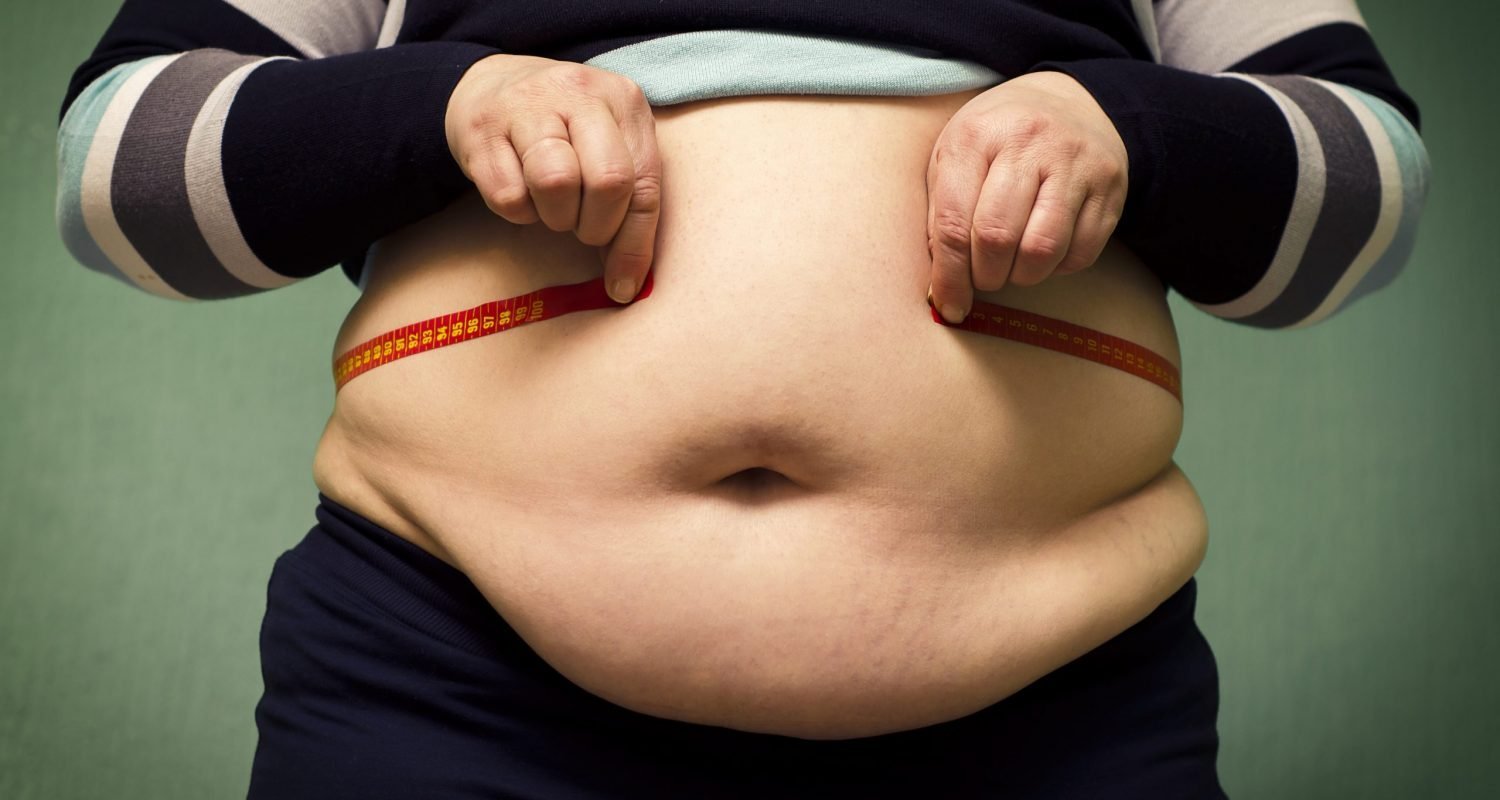
Bariatric surgery is a general name given to obeseness surgery for weight loss. Bariatric surgery plays an active role in obesity problems, which is a disease of the age and gradually becoming widespread all over the world, and in cases where diet and exercise are insufficient to lose weight. Weight problems also trigger other health problems. Bariatric surgery is an important treatment for solving these problems, especially if you have Type 2 diabetes or sleep problems. In order to achieve successful results after bariatric surgery, which is a combined treatment, regular exercise and lifestyle changes are required.
Who Can Have Bariatric Surgery?
- Type 2 diabetes
- Sleep apnea
- Heart condition
- Hypertension
- Paralysis
- Non-alcoholic fatty liver
Bariatric surgery methods are preferred to help those with such diseases lose weight and eliminate the risk of other health problems. Considering bariatric surgery would be a more accurate decision for patients with a body mass index of 40 or more, who still do not experience weight loss despite changing their exercise, diet and lifestyle habits.
What are Bariatric Surgery Methods?
Obesity surgeries are grouped under 4 different headings.
- Sleeve Gastrectomy (Tube Stomach) Surgery
It is the most frequently performed obesity surgery in our country. As obese people have problems with the feeling of satiety, in sleeve gastrectomy surgery, a part of the stomach is cut, reducing its size and aiming to fill the person more quickly. In general, laparoscopic (closed surgery) is performed and an average of 50-60% of unwanted weight is lost within 1 year.
- Gastric Bypass
It is generally preferred for patients with Obese Type 2 diabetes problems. A restrictive surgery in which the stomach is disabled and the food taken is delivered directly to the small intestine is divided into two. When you eat, the food that comes to the upper part of the small intestine is digested and absorbed in this part. Since more vitamin and mineral deficiencies can be seen compared to sleeve gastrectomy surgery, patients should be followed closely. At the end of 1 year, it is aimed to lose approximately 30% of the initial weight.
- Gastric band (stomach clamp) surgery
It is one of the commonly used treatment methods to cope with obesity. Thanks to the band placed 20 mm below the junction of the oesophagus and the stomach, the stomach is contracted as if it were contracted with a clamp. In this way, the feeling of early satiety is realized thanks to the food remaining on the band when the meal is eaten. As in other obesity surgeries, patients need to regulate their diet and sports habits in gastric band surgery. In the period 18 months after the operation, patients can lose 55-60% of their excess weight.
- Gastric Balloon
In fact, one of the easiest methods to help lose weight is the gastric balloon. It is an operation based on the principle of reducing the volume of the stomach with balloons that can be adjusted in size and placed inside the stomach. The procedure is performed under sedation and takes an average of 15-20 minutes. This balloon is adjusted to remain in the stomach for 6 months to 1 year. While the stomach will show a quick satiety reflex, there will be a decrease in food consumption at the same time. After the balloon is removed, it is necessary to make changes in nutrition and exercise habits in order not to gain weight again. This method may be preferred for patients who are at risk for surgery. With a gastric balloon, patients can lose approximately 40% of their excess weight (20-25 kg) in 1 year.
What to Do After Surgery
In patients who have undergone bariatric surgery or bariatric surgery, serious weight loss can be achieved by using these methods. However, in order not to regain the lost weight, patients need to apply a diet plan that will last a lifetime and exercise.
What are the surgical treatments of obesity?
How do I know which procedure is best for me?
Do I need a referral?
When should I see the surgeon?



No Comments
Sorry, the comment form is closed at this time.